English | Dutch |
|
| On to way to Sicily | |
Shkodra (Albania) to Palermo (Italy), September 2014
|
|
| |
|
The crossing by ferry from the Albanian town of Durres to the Italian city of Bari went smoothly. What a difference with a few years ago, when we crossed from Igoumenitsa in Greece to Brindisi in Italy. At that time, the loading of the ship with cars and trucks was a huge mess and the delay was more than four hours. But this time everything was well organized. There was enough staff to manage the loading process and the sporadic Italian who tried to jump the queue was friendly asked to get in line again. On the Italian side, the immigration process took over an hour. And that is understandable when you see how many shabby Albanians in even more shabbier vehicles make the crossing to Italy. Two young Albanian men, covered in tattoos and driving a new red Ferrari, were taken out of the queue just in front of us. Probably for further questioning.
|
|
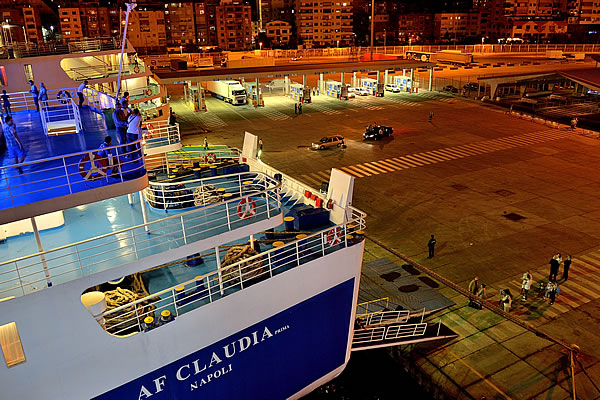 |
|
A well organised boarding in Dürres (Albania) on our way to Bari in Italy |
|
In Italy we also enjoyed the stunning supermarkets with lots of fresh products. That was different in Albania, where supermarkets are still a rarity. They have to import almost all products which makes them too expensive for the normal Albanians. But in Italy this is different. The Italians love extensive cooking with fresh ingredients, and that’s what you see in the supermarkets. But also here the time is not standing still. We noticed immediately how much fatter the Italians have become over the years by changing to the much fatter precooked food, especially if you compare them with, for example, the people in the Balkan countries. Most city buses in Italy are now equipped with extra wide chairs for obese people. Via the little lovely town of Tropea (see photo presentation on Tropea), we drove to the nose of Italy’s boot where we took the 30 minutes ferry to Messina in Sicily. Our guidebook from 2010 mentioned that the short crossing would cost only 12 Euro per car, but for some reason that changed: 41 Euro is what we, and the other passengers on the ferry, had to pay for a single trip. Welcome to Sicily. |
|
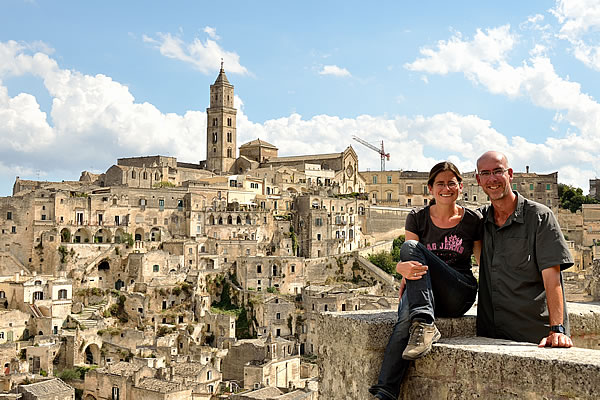 |
|
Us in front of Matera |
|
| In contrast, Syracuse was a little bit disappointing. This town is indeed very nice, but the old town is nowadays more a museum than a real city. All activities are aimed at tourists, which resulted in the squeezing out of the Italian life. From Syracuse we drove to Agrigento on the south coast of Sicily. This medium sized but atmospheric Sicilian city has a major attraction: the Valley of the Temples. Here, are a number of ancient Greek temples from the 4th to the 6th century BC survived and give an idea of how big this ancient Greek city must have been at that time.
|
|
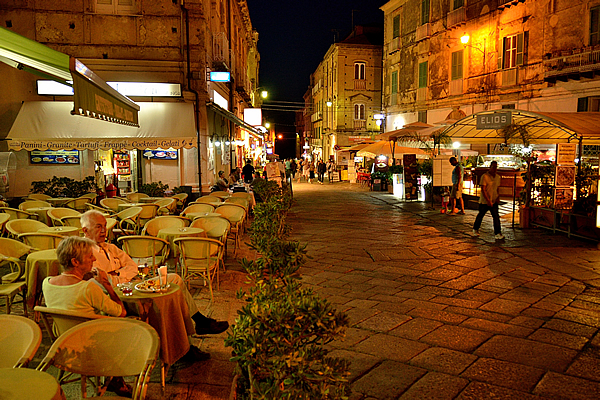 |
|
Tropea is a very atmospheric little town in Calabria |
|
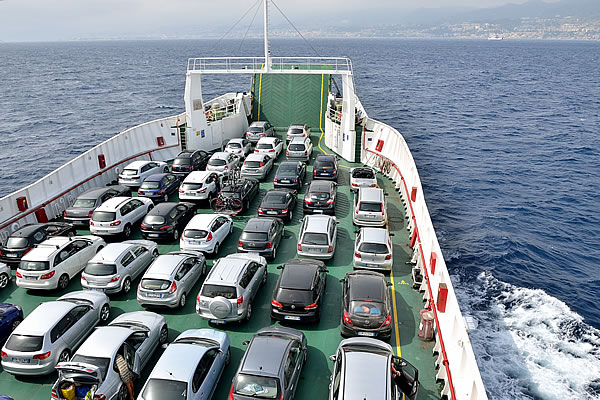 |
|
A short ferry trip bring us to Sicily |
|
 |
|
Catania has a lot of character |
|
 |
|
Us in front of the Tempio della Concordia in the Valley of the Temples in Agrigento |
|
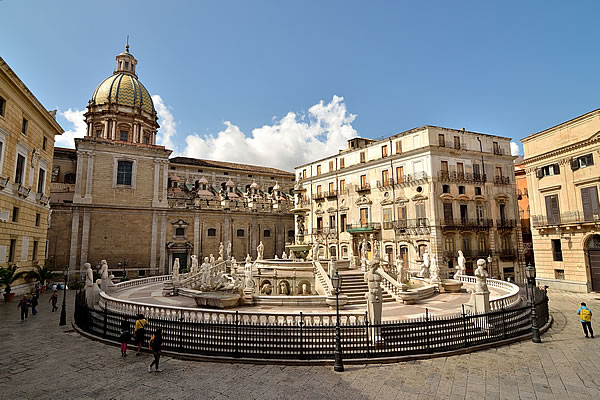 |
|
The fabulous Piazza Pretoria in Palermo |
|
| <Previous weblog> | |